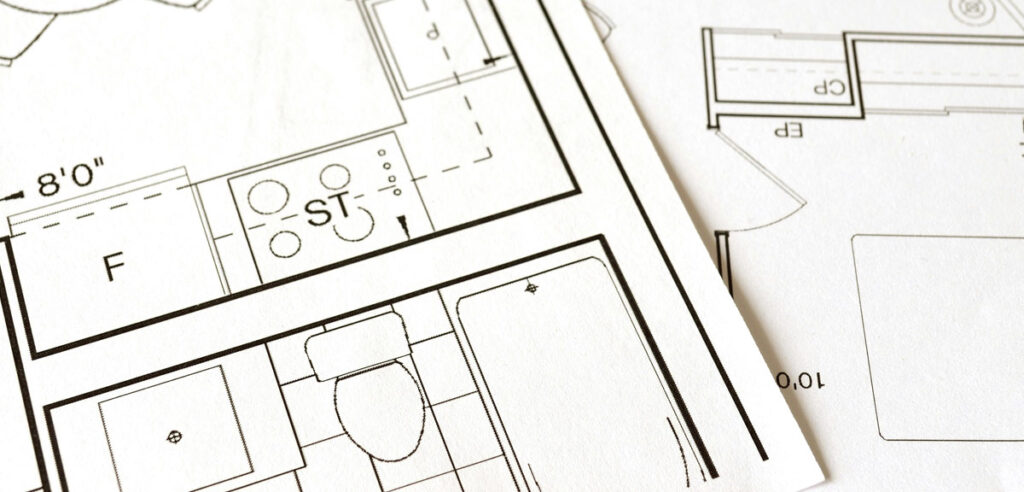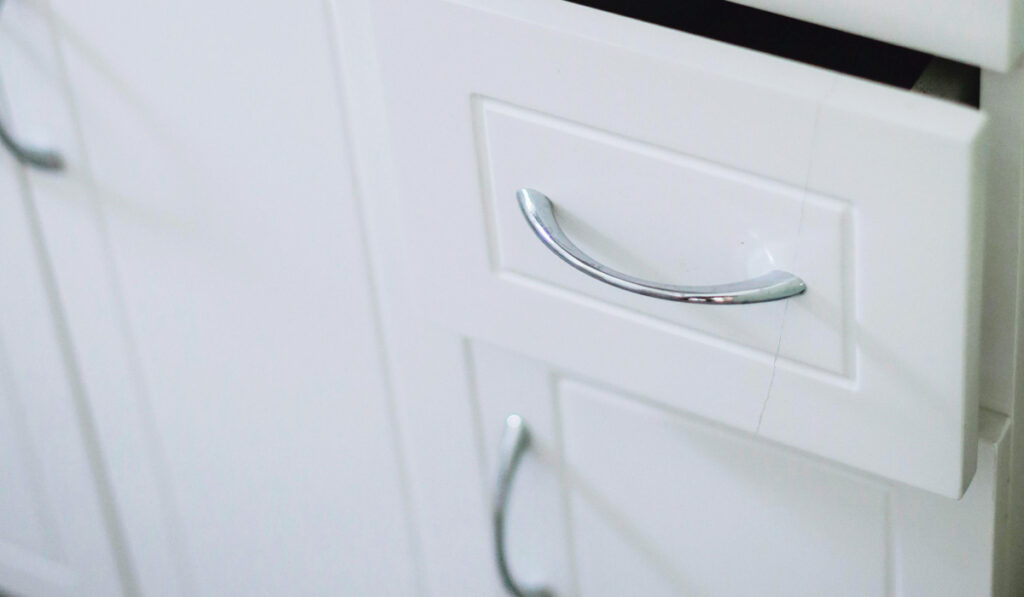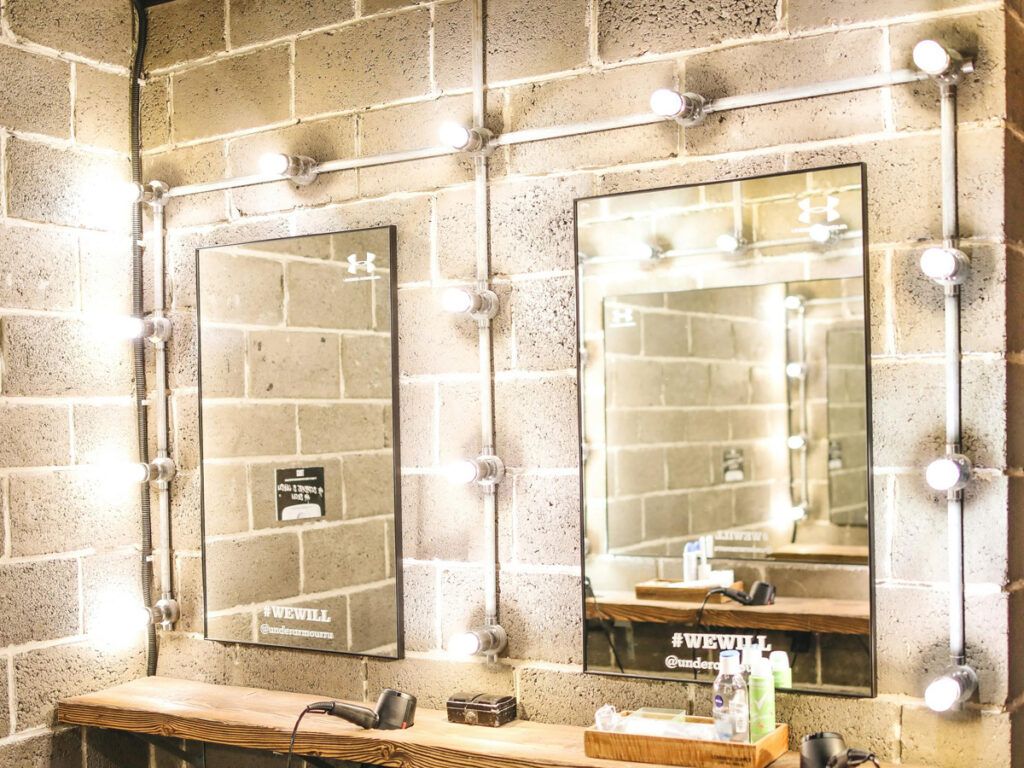Discover essential tips for designing a safe and accessible bathroom for aging in place. From intelligent layouts and user-friendly cabinetry to slip-resistant flooring and smart lighting, this guide covers everything you need to create a functional space that promotes independence and reduces fall risks. Perfect for homeowners and caregivers alike!
A well-designed bathroom is crucial for anyone planning to age in place. As we get older, accessibility and safety become even more important, particularly in a space like the bathroom, which can be hazardous if not properly designed or modified. Let’s dive into some of the most important features to consider when designing or retrofitting a bathroom with accessibility in mind.

Layout: Space and Functionality Matter
One of the most important things to consider is the bathroom layout. A centrally located bathroom is ideal, especially if you live in a multi-story home. Having a full bath on the main level can make life much easier as mobility decreases. Additionally, extra storage is helpful for personal items and supplies to avoid unnecessary trips to different parts of the house.
Extra Space for Movement
Bathrooms should offer extra clearance for easy movement. This not only makes things more comfortable but also accommodates someone using a wheelchair or requiring a caregiver’s assistance. You want to exceed the typical turning radius space wherever possible—especially in the shower—to provide room for mobility aids and a spouse or caregiver.
Cabinetry: Accessible and Functional
Traditional bathroom cabinetry doesn’t always work well for those using a wheelchair or scooter. Wall-hung sinks and vanities are a great option since they offer space underneath for seated access. Another smart choice is to include removable base cabinets or incorporate a recessed area for knee clearance at the sink.
Storage Solutions
Consider cabinets with pull-out drawers rather than traditional doors, which can be tricky to navigate if bending down is difficult. For storage above the vanity, opt for open shelving or glass-front cabinets—these can help with visibility, particularly for residents experiencing memory decline.
Lastly, when choosing countertop materials, aim for safety and visibility. Medium-tone, low-sheen finishes minimize glare, and you can further enhance safety by adding colored edge striping to mark the edges of countertops. Rounded corners on countertops are another thoughtful addition to reduce injury in case of falls.

Hardware: Designed for Ease of Use
When it comes to cabinet hardware, the easier to grip, the better. Loop pulls are more user-friendly than round knobs, which require more dexterity and grip strength. Avoid bar pulls, which can easily snag clothing and throw someone off balance.
For residents with dementia or memory issues, lockable cabinets are a good idea to safely store cleaning supplies or medications.
Accessories: Safety First
Bathrooms are notorious for being accident-prone, especially because of slippery surfaces. Installing grab bars in key areas, like near the shower, tub, and toilet, is essential for preventing falls. Even if grab bars aren’t immediately needed, installing the necessary reinforcements in the walls during initial construction can make future installation easy and cost-effective.
Towel bars and robe hooks should be placed near the shower or tub for convenience. Remember to choose bathroom accessories that are sturdy enough to provide support if someone tries to grab onto them for balance.
Mirrors and Fixtures
Installing mirrors that can be used by both seated and standing residents is also important. Adjustable mirrors or mirrors angled downward can improve visibility for those in wheelchairs.
When choosing a toilet paper holder, opt for one that can easily be restocked with one hand—this adds a level of convenience that may be more necessary as fine motor skills decrease.
Finishes: Non-Slip and Easy to Clean
Slip-resistant flooring is non-negotiable in a bathroom designed for aging in place. Small tiles with lots of grout lines provide more traction and reduce the risk of slipping in the shower. Epoxy grout is a great option as it resists dirt and mold buildup, making it easier to clean.
When selecting flooring, countertops, or wall materials, prioritize cleanability. Surfaces with fewer joints or seams are less likely to trap dirt and moisture.

Electrical Safety and Lighting: Be Smart with Tech
Bathrooms are wet spaces, which means electrical safety is critical. Get GFCI outlets installed to prevent electric shock in case of moisture exposure. If the bathroom has cabinets, ensure outlets are placed within reach for residents who may be seated. Outlets located along the front of cabinetry make it easier for those in wheelchairs to plug in appliances.
For additional safety, you may want to include an emergency call button or pull cord, ideally placed near the floor between the toilet and shower where falls are most likely to occur.
Lighting
Adequate lighting is crucial, especially in a bathroom where grooming and hygiene tasks are done. Install lighting fixtures over the shower and tub, where shadows can be an issue. Heat lamps are a nice addition for aging residents who may feel cold more quickly, particularly in a walk-in tub where residents must wait for the water to drain before exiting.
Additionally, nightlights can be a big help for those who need to use the bathroom in the middle of the night. Some manufacturers even offer toilets with integral lighting—though these options can be costly.
Plumbing Fixtures: Easy and Safe
Choosing the right fixtures can make all the difference. Lever handles are much easier to use than traditional knobs, and faucets should always come with mixing valves and anti-scald protection to prevent burns. Wall-mounted sinks or sinks with removable base cabinets ensure ample knee clearance for seated residents.
When selecting a toilet, look for an elongated, accessible-height model. Consider adding a bidet attachment for additional hygiene convenience.

Shower and Tub: Comfort and Accessibility
For aging residents, showers and tubs need to be designed with accessibility in mind. A curbless, walk-in shower with a wide door is ideal for wheelchair users, while a handheld showerhead with easy-to-reach controls adds flexibility. A shower seat is a valuable addition, providing a safe spot to sit while washing.
When it comes to bathtubs, walk-in tubs are a great option. If installing a traditional tub, add textured strips to the bottom to improve grip and prevent slipping.
Bonus: A Few Final Tips for a Safer Bathroom
- Slip-resistant materials: Use contrasting colors for flooring and walls to improve depth perception and clarity.
- Doors: Install doors that swing outward or use a pocket door to maximize space. Ensure the door hardware is easy to operate.
- Grab bars: Reinforce walls during construction to allow for future grab bar installation if needed.
Benefit-Driven Conclusion: Why It Matters
Designing a bathroom with accessibility in mind isn’t just about making the space safer—it’s about preserving independence. For aging residents, these thoughtful design elements help reduce the risk of falls and injuries, improve daily living convenience, and create a bathroom that’s both practical and comfortable. The right modifications can make all the difference in maintaining a high quality of life for years to come.

Creating a Safe and Accessible Bathroom: Benefits of Thoughtful Design
Designing a bathroom with accessibility in mind offers numerous benefits that enhance the quality of life for aging residents. A well-planned bathroom can significantly reduce the risk of falls and accidents, allowing individuals to maintain their independence for as long as possible. By incorporating features like grab bars, non-slip flooring, and easy-to-reach cabinetry, you create an environment where residents can comfortably manage their daily routines.
Moreover, thoughtful design can foster a sense of dignity and personal space. Accessible fixtures and smart layouts not only accommodate mobility challenges but also promote self-sufficiency. This means less reliance on caregivers for routine tasks, which can improve emotional well-being and overall satisfaction.
Additionally, a bathroom designed with aging in place in mind can increase the value of a home. As more homeowners seek to age in their residences rather than relocate to assisted living facilities, properties featuring accessible design elements become increasingly desirable. This can be a major selling point if you ever decide to put your home on the market.
Ultimately, investing in an accessible bathroom is not just about meeting physical needs; it’s about creating a space where individuals feel safe, comfortable, and empowered to live their lives fully. By prioritizing functionality and safety in your bathroom design, you’re not just making a home; you’re fostering a supportive environment that can adapt to the changing needs of its residents.




0 Comments